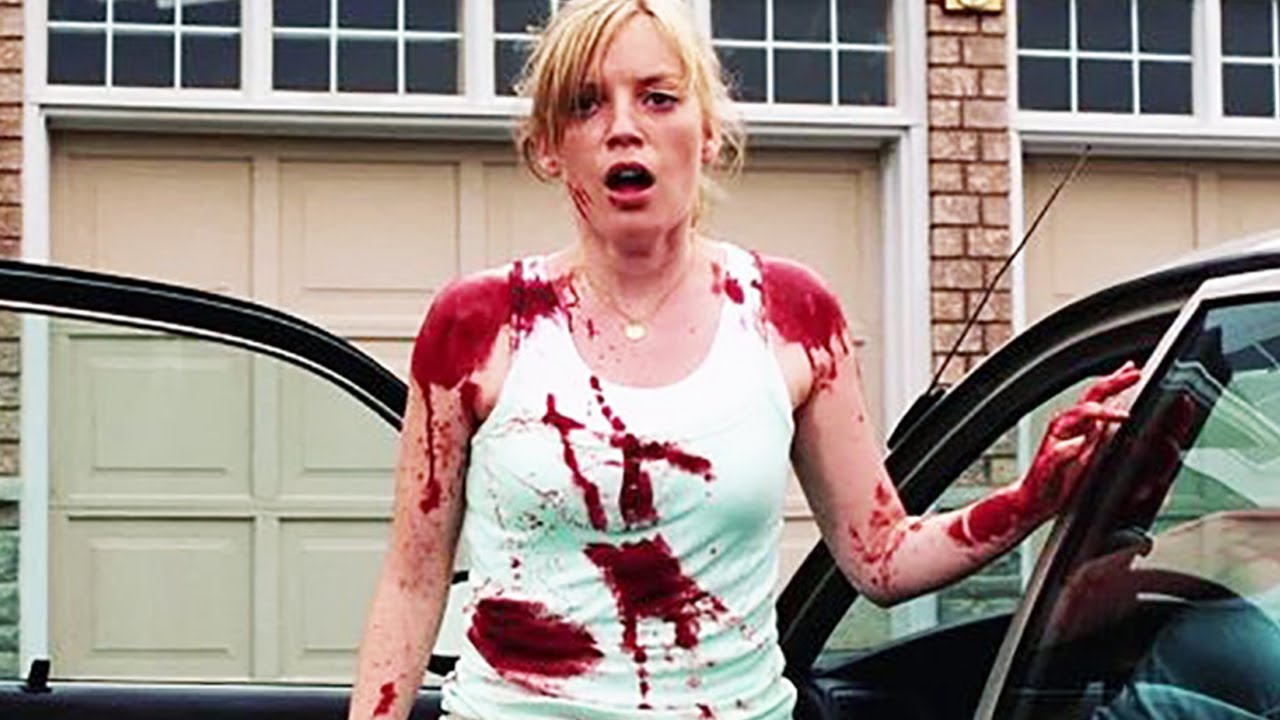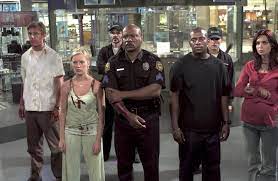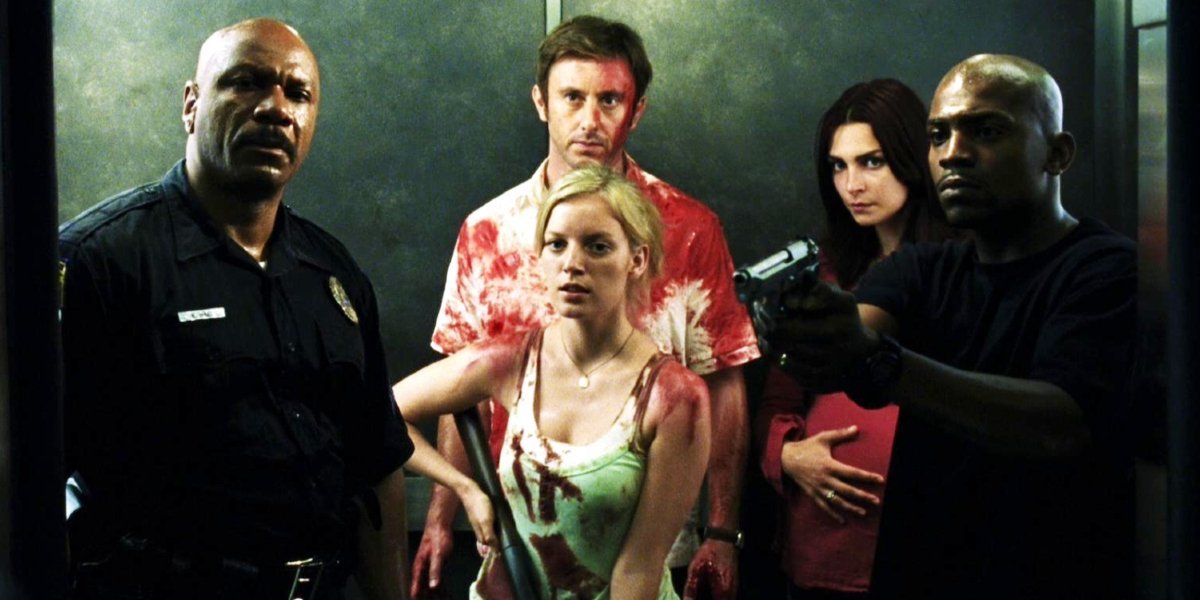Dawn of the Dead (2004

A Gritty Reimagining: A Review of Dawn of the Dead (2004)
Zack Snyder’s Dawn of the Dead (2004) is a visceral and fast-paced reimagining of George A. Romero’s 1978 classic. With its relentless action, heightened tension, and updated visuals, the film stands as a solid entry in the zombie genre. Featuring an ensemble cast led by Sarah Polley, Ving Rhames, and Jake Weber, Snyder’s directorial debut offers a modern take on the apocalypse while honoring the original’s themes of survival and societal breakdown.
Plot Overview
The film begins with Ana (Sarah Polley), a nurse whose suburban life is upended by a sudden zombie outbreak. Escaping the chaos, Ana finds herself in a group of survivors that includes police officer Kenneth (Ving Rhames), salesman Michael (Jake Weber), and young couple Andre (Mekhi Phifer) and Luda (Inna Korobkina). Together, they seek refuge in a shopping mall, barricading themselves against the undead horde outside.
As the survivors navigate their precarious existence, they face internal conflicts, dwindling supplies, and the ever-present threat of the zombies. The group’s attempts to find a way out culminate in a daring plan to escape via armored buses, leading to a climactic showdown against overwhelming odds.
Sarah Polley and Ving Rhames Lead the Ensemble
Sarah Polley’s portrayal of Ana anchors the film with emotional depth and resilience. Her character’s determination to survive and protect those around her adds a relatable human element to the chaos. Ving Rhames delivers a commanding performance as Kenneth, embodying stoic strength and moral clarity.
Jake Weber’s Michael serves as the group’s pragmatic leader, while Mekhi Phifer’s Andre adds emotional complexity through his desperate attempts to protect his pregnant wife. The ensemble cast works well together, creating a believable dynamic that highlights both the strengths and flaws of humanity under pressure.
Zack Snyder’s Distinct Vision
Snyder’s direction brings a gritty, high-energy aesthetic to Dawn of the Dead. The film’s frenetic pacing and dynamic camerawork keep the tension high, particularly during the intense action sequences. Snyder’s use of fast-moving zombies—a stark departure from the shambling undead of Romero’s original—adds an extra layer of urgency and terror.
The film’s opening sequence, depicting the rapid collapse of society, is particularly memorable, setting the tone with visceral intensity. Snyder’s ability to blend large-scale chaos with intimate character moments ensures that the film remains engaging throughout.
Themes of Survival and Humanity
While Snyder’s Dawn of the Dead emphasizes action and horror, it retains the original’s exploration of societal decay and human nature. The mall setting serves as a microcosm of consumer culture, juxtaposing the survivors’ fight for survival with the remnants of a world obsessed with materialism.
The film also delves into themes of sacrifice, hope, and the fragility of civilization. The characters’ varying responses to the crisis—from selflessness to selfishness—highlight the complexities of human behavior under extreme circumstances.
Action and Visual Effects
The film’s action sequences are well-executed, with standout moments including the survivors’ battles in the mall and their desperate escape in fortified buses. The practical effects and makeup design for the zombies are top-notch, creating grotesque and terrifying creatures that feel genuinely threatening.
The use of digital effects, while occasionally dated, enhances the scale and impact of the zombie attacks. The film’s visceral gore and creative kills will satisfy fans of the genre.
Criticism and Limitations
While Dawn of the Dead succeeds as a thrilling zombie film, some critics have noted its lack of the nuanced social commentary that defined Romero’s original. The focus on action and spectacle occasionally comes at the expense of deeper thematic exploration.
Additionally, the fast-paced narrative leaves limited time for character development, with some supporting characters feeling underutilized.
Conclusion and Legacy
Dawn of the Dead (2004) is a gripping and intense reimagining that stands on its own as a modern zombie classic. Zack Snyder’s high-energy direction, combined with strong performances and relentless action, ensures that the film remains a memorable and entertaining entry in the genre.
While it may not capture the full depth of Romero’s original, Dawn of the Dead succeeds in delivering a visceral and emotionally charged experience. Whether you’re a fan of zombie horror or an action enthusiast, this film offers a thrilling journey into the apocalypse that continues to resonate with audiences.